Choosing between a steam boiler and a thermal boiler without understanding their differences can lead to mismatched heating capacity, inefficient energy use, and unnecessary maintenance costs. Each boiler type serves distinct industrial needs, and using the wrong one can impact production quality, energy bills, and equipment lifespan.
A steam boiler generates pressurized steam by heating water inside a pressure vessel, making it ideal for applications like power generation, sterilization, and process heating. A thermal boiler (or thermal oil heater) uses a heat transfer fluid—usually thermal oil—instead of water/steam, circulating it through a closed loop to provide precise, stable temperatures without high pressure, making it suitable for drying, chemical processing, and indirect heating. The main differences lie in the heat transfer medium, operating pressure, temperature range, application scope, and maintenance needs.
Knowing these differences helps you choose the most efficient and safe system for your process.
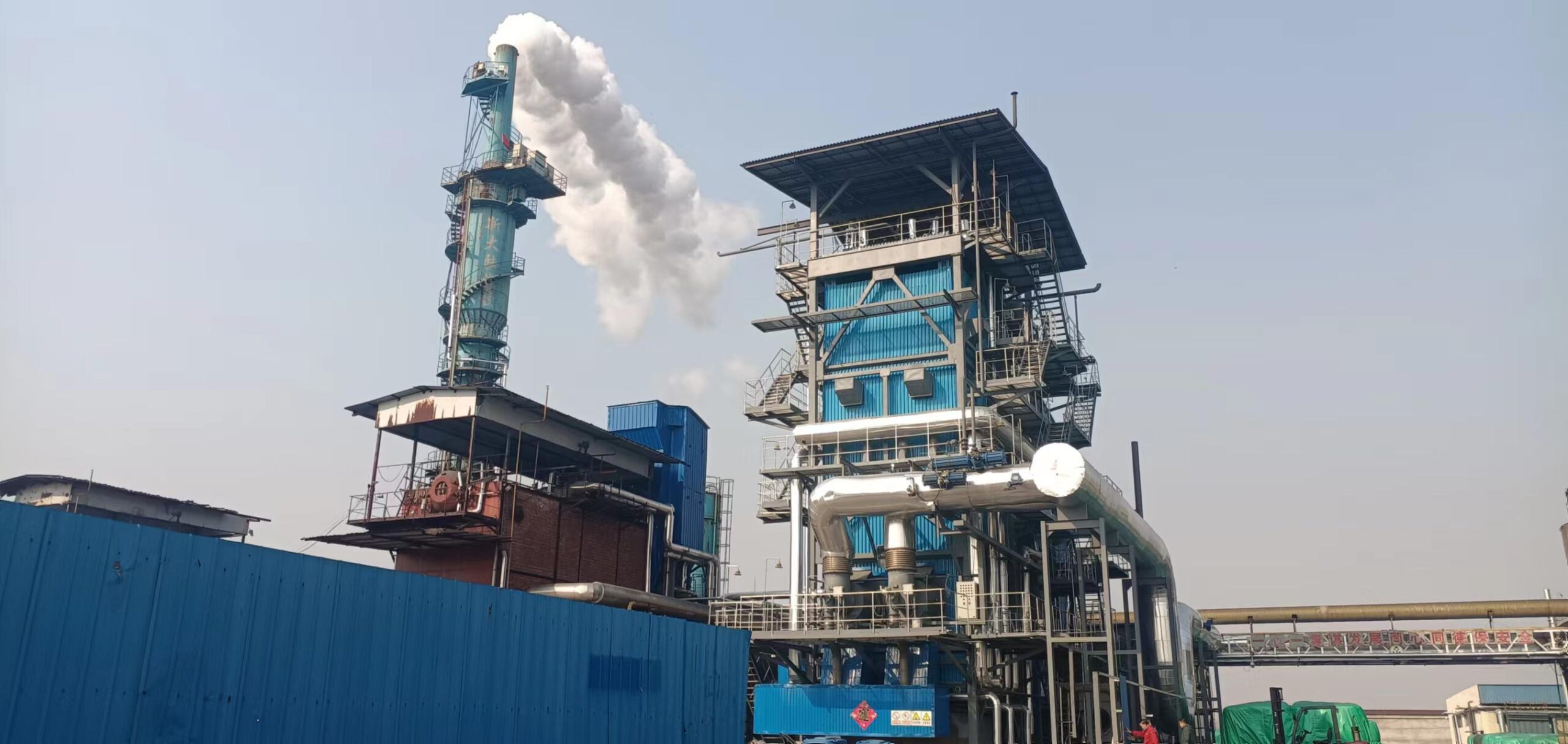
What Is the Working Principle of a Steam Boiler vs. a Thermal Boiler?
When choosing an industrial heating system, buyers often struggle to understand the differences in how steam boilers and thermal oil boilers work. Misunderstanding these principles can lead to selecting a system that’s inefficient, costly to operate, or unsuitable for the process requirements—causing energy waste, reduced output, and higher maintenance. Knowing how each system transfers heat and operates is essential for making the right investment.
A steam boiler heats water to generate pressurized steam, which then transfers heat to process equipment, while a thermal oil boiler heats a special heat transfer fluid (thermal oil) that circulates in a closed loop without pressurization, delivering high temperatures with lower operating pressure.
If you’re considering which system to buy, keep reading—you’ll see how their operation, temperature range, and maintenance needs differ, helping you match the right boiler to your process.
Thermal oil boilers operate without the high pressures found in steam systems.True
Thermal oil boilers can reach temperatures up to 300°C without exceeding atmospheric pressure, unlike steam systems that require high pressure to reach similar temperatures.
🔹 Core Working Principles
| Feature | Steam Boiler | Thermal Oil Boiler |
|---|---|---|
| Heat Transfer Medium | Water → Steam | Thermal oil |
| Operating Pressure | High (to reach higher temperatures) | Low / Near-atmospheric |
| Temperature Range | Typically 100–250°C (up to 540°C in power plants) | Typically up to 300°C (some fluids allow 350°C) |
| Circulation | Natural or forced circulation of steam/water | Pump-driven closed-loop circulation of thermal oil |
| Heat Transfer Method | Latent heat of steam condensation | Sensible heat of thermal oil |
| Condensate Return | Required | Not applicable |
| System Components | Steam drum, water walls, superheater, blowdown system | Thermal oil heater, expansion tank, circulating pump, filter |
📊 Comparison of Operating Characteristics
| Parameter | Steam Boiler | Thermal Oil Boiler |
|---|---|---|
| Efficiency | 80–90% (higher with economizer) | 85–92% |
| Startup Time | Slower due to water heating and steam buildup | Faster due to smaller fluid mass |
| Maintenance | Requires water treatment and blowdown | Requires fluid monitoring and filtration |
| Safety Risk | High due to pressure | Lower due to low-pressure operation |
| Process Suitability | High for direct heating, sterilization, turbines | Best for indirect heating, uniform high temps |
✅ Buyer Guidance
Choose a steam boiler if your process requires direct steam for heating, sterilization, or mechanical drive (e.g., turbines).
Choose a thermal oil boiler if you need high, stable temperatures without high pressure, especially for chemical, food, or asphalt heating.
Always consider fuel type, thermal efficiency, and available maintenance expertise before finalizing your choice.
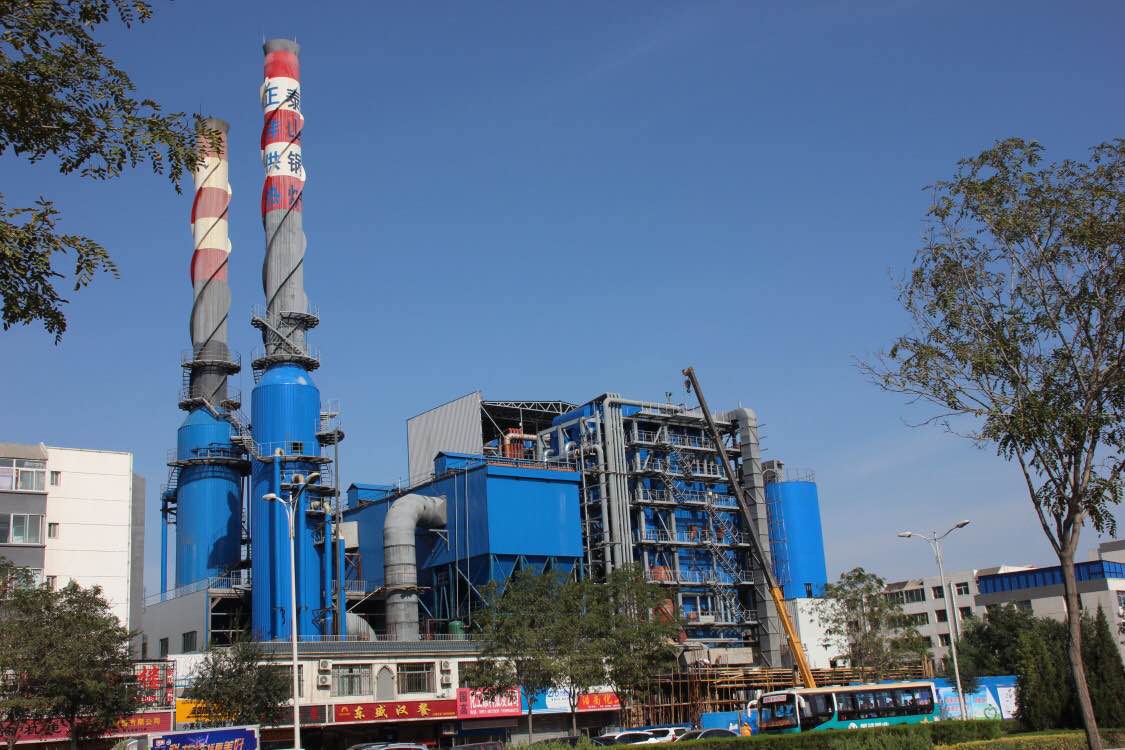
How Do Heat Transfer Mediums (Steam vs. Thermal Oil) Affect Efficiency?
When selecting an industrial boiler system, many buyers focus on capacity or fuel type but overlook how the heat transfer medium impacts efficiency. Using the wrong medium can cause higher fuel costs, more maintenance downtime, and poor heat delivery. Understanding how steam and thermal oil behave in heat transfer will help you choose the system that delivers the most energy to your process at the lowest lifecycle cost.
Steam systems use the latent heat of vaporization, which delivers rapid heat transfer but loses energy through condensation and blowdown, while thermal oil systems rely on sensible heat, offering stable high temperatures with fewer losses and often higher overall thermal efficiency.
If you want your investment to last and run cost-effectively, knowing the efficiency trade-offs between these two mediums is key to making the right choice.
Thermal oil systems are always more efficient than steam systems.False
Thermal oil systems can be more efficient in certain applications, but steam systems may outperform in processes that benefit from direct condensation heat transfer.
🔹 Efficiency Comparison Overview
| Factor | Steam System | Thermal Oil System |
|---|---|---|
| Heat Transfer Mechanism | Latent heat of steam condensation – very fast heat delivery | Sensible heat of oil – slower but steady and controllable |
| Operating Pressure | High (increases risk and heat loss via leaks) | Low or atmospheric (reduces energy loss) |
| Temperature Stability | May fluctuate due to pressure changes and steam load | Highly stable, unaffected by atmospheric pressure |
| Energy Loss Points | Steam traps, condensate return lines, blowdown | Pumping losses, minor heat loss in piping |
| Max Operating Temp | ~250°C at moderate pressures (higher temps require very high pressure) | Up to 300°C without pressurization |
| System Efficiency Range | 80–90% (up to 92% with modern economizers) | 85–92% (with well-maintained thermal oil and insulation) |
| Maintenance Impact | Water treatment critical – fouling and scaling reduce efficiency | Oil degradation affects efficiency – requires monitoring and filtration |
📊 Key Efficiency Drivers
| Driver | Steam Advantage | Thermal Oil Advantage |
|---|---|---|
| Heat Transfer Rate | Very high for quick process heating | More controlled for sensitive processes |
| Loss Reduction | Challenging – traps, leaks, and blowdown are common | Lower loss potential due to closed-loop design |
| Temperature Control | Harder to fine-tune without complex controls | Easy to maintain steady, uniform temperature |
| Startup Energy | Higher due to steam generation | Lower due to smaller thermal mass |
✅ Buyer Takeaway
Choose steam if your process benefits from rapid, direct heat transfer or requires steam as a process medium.
Choose thermal oil if you need high, stable temperatures with minimal pressure risk and lower long-term heat losses.
Always factor in maintenance practices and insulation quality, as these can shift real-world efficiency by several percentage points.
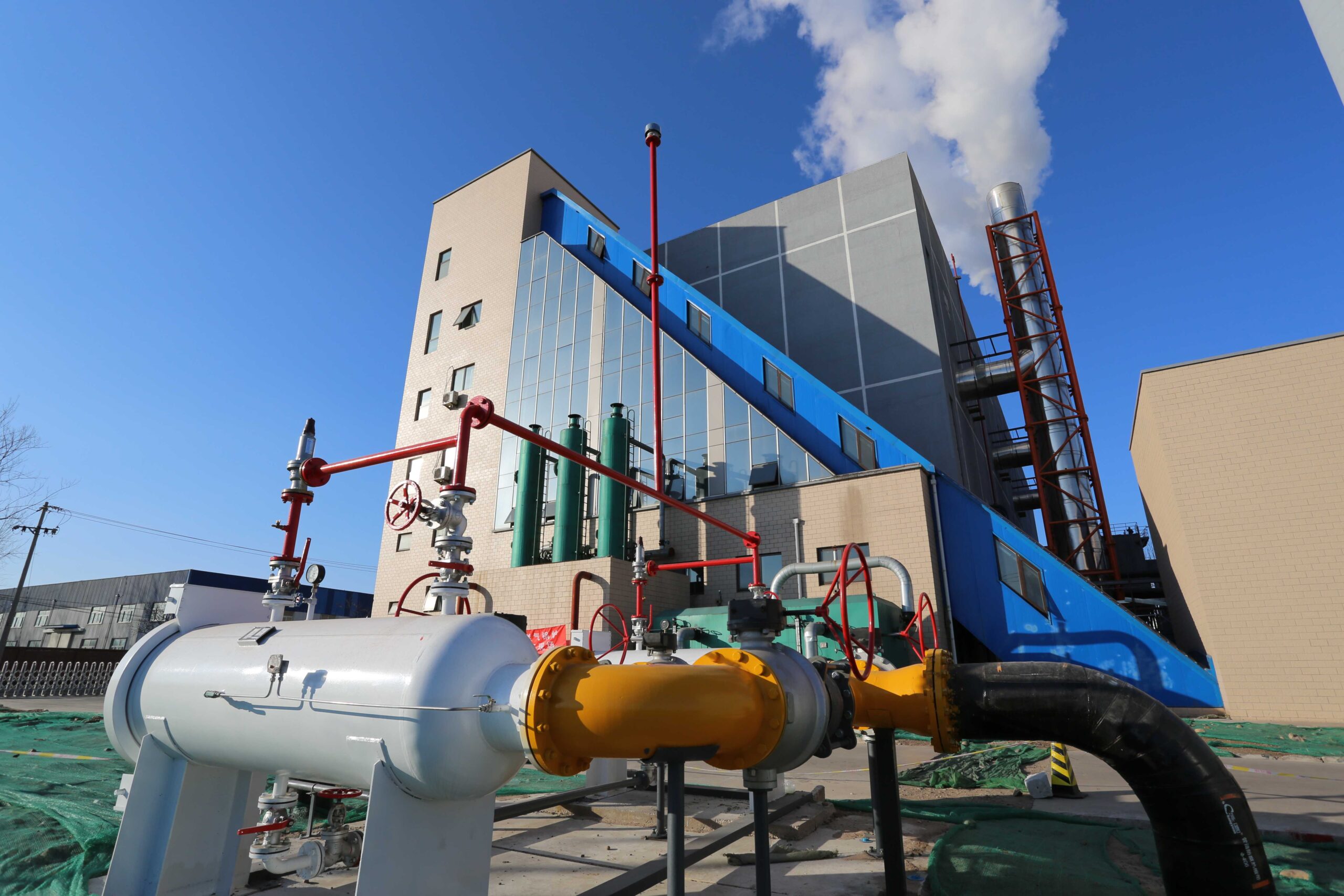
What Are the Temperature and Pressure Ranges for Each Boiler Type?
When selecting an industrial boiler, it’s not enough to consider capacity and fuel — the working temperature and pressure ranges directly determine whether the system can meet process requirements. Choosing a boiler outside the correct range can cause inefficiency, safety risks, or even early equipment failure. Understanding these ranges for each boiler type helps avoid mismatches and ensures long-term performance.
Fire-tube boilers generally operate at lower pressures (up to ~25 bar) and moderate temperatures, water-tube boilers can handle much higher pressures (above 100 bar) and temperatures over 500°C, and thermal oil heaters run at high temperatures (up to ~300°C) but low pressure.
Knowing these design envelopes ensures your process operates within safe and efficient limits without over-investing in unnecessary capacity.
Water-tube boilers can safely operate at higher pressures than fire-tube boilers.True
Water-tube designs distribute pressure inside small-diameter tubes, allowing much higher safe operating pressures compared to fire-tube designs.
🔹 Typical Temperature and Pressure Ranges by Boiler Type
| Boiler Type | Typical Pressure Range | Typical Temperature Range | Notes |
|---|---|---|---|
| Fire-Tube Boiler | 0.5 – 25 bar (7–360 psi) | Up to 250°C (480°F) | Best for low-to-medium pressure steam and heating |
| Water-Tube Boiler | 10 – 160 bar (150–2,300 psi) | 180°C – 540°C (350–1,000°F) | Used for high-pressure steam, power generation |
| Electric Boiler | 0 – 30 bar (0–435 psi) | 100°C – 250°C (212–480°F) | No combustion gases; compact but limited output |
| Thermal Oil Heater | Atmosphere to ~5 bar (0–73 psi) | 150°C – 320°C (300–610°F) | High temperature without high pressure |
| Biomass Boiler | 5 – 90 bar (73–1,300 psi) | 150°C – 500°C (300–930°F) | Pressure/temperature depend on design |
| HRSG (Heat Recovery Steam Generator) | 10 – 150 bar (150–2,175 psi) | 180°C – 540°C (350–1,000°F) | Uses exhaust heat from turbines or engines |
📊 Pressure vs. Temperature Operating Zone
| Medium | Pressure Needed for High Temp | Key Advantage |
|---|---|---|
| Steam | Yes — higher temp needs higher pressure | High heat transfer efficiency |
| Thermal Oil | No — can reach 300°C without high pressure | Lower safety risk, easier compliance |
| Hot Water | Moderate — pressurization raises boiling point | Simple, low-cost heat medium |
✅ Buyer Takeaway
Low to moderate temperature & pressure needs → Fire-tube, electric, or thermal oil heaters.
High steam output or high-pressure applications → Water-tube or HRSG systems.
High temperature without high pressure → Thermal oil systems are ideal.
Always match process needs to boiler capability to avoid over-specifying and overspending.

Which Industries and Processes Typically Use Steam Boilers?
Steam boilers remain one of the most versatile pieces of industrial equipment, yet many buyers underestimate their role beyond just power generation. Choosing the wrong boiler for a specific industrial process can lead to excessive fuel costs, poor product quality, or even safety hazards. By clearly understanding where steam boilers are used, companies can match design specifications to real-world operational needs — avoiding costly mismatches and maximizing return on investment.
Steam boilers are used in industries such as power generation, chemical manufacturing, oil refining, food and beverage processing, pulp and paper production, textiles, pharmaceuticals, and HVAC for large facilities — providing heat, sterilization, mechanical drive, or process steam.
This broad range of applications makes steam boilers an essential asset for both continuous production lines and seasonal or batch processes.
Steam boilers are only used for power generation.False
Steam boilers have diverse applications including heating, sterilization, cooking, drying, and driving mechanical equipment across various industries.
🔹 Major Industrial Sectors Using Steam Boilers
| Industry | Key Processes Using Steam | Typical Steam Parameters |
|---|---|---|
| Power Generation | Steam turbines for electricity production | High pressure (up to 160 bar), high temperature (500°C+) |
| Chemical & Petrochemical | Reactor heating, distillation, stripping, process heat | Medium-high pressure (10–100 bar), saturated or superheated |
| Oil & Gas Refining | Fractional distillation, desulfurization, process heating | High temperature and pressure |
| Food & Beverage | Cooking, pasteurization, sterilization, drying | Low-medium pressure (3–15 bar), clean steam |
| Textile Industry | Dyeing, finishing, pressing, humidity control | Low-medium pressure steam |
| Pulp & Paper | Pulp digesters, paper drying cylinders | Medium pressure steam |
| Pharmaceuticals | Sterilization, clean-in-place (CIP), humidity control | Low pressure, ultra-pure steam |
| District Heating | Building heating via steam networks | Low-medium pressure steam |
📊 Steam Boiler Use by Industry Share (Global Market Estimate)
| Sector | Approx. Share of Steam Boiler Usage |
|---|---|
| Power Generation | 40% |
| Chemicals & Petrochemicals | 20% |
| Food & Beverage | 15% |
| Pulp & Paper | 10% |
| Others (Textiles, Pharma, HVAC) | 15% |
✅ Buyer Takeaway
Power & chemical sectors → High-pressure water-tube boilers dominate.
Food, pharma, and textiles → Low-to-medium pressure, often fire-tube or electric boilers with clean steam capability.
Pulp & paper → Medium-to-high pressure water-tube systems.
District heating → Often lower pressure but large capacity for network supply.
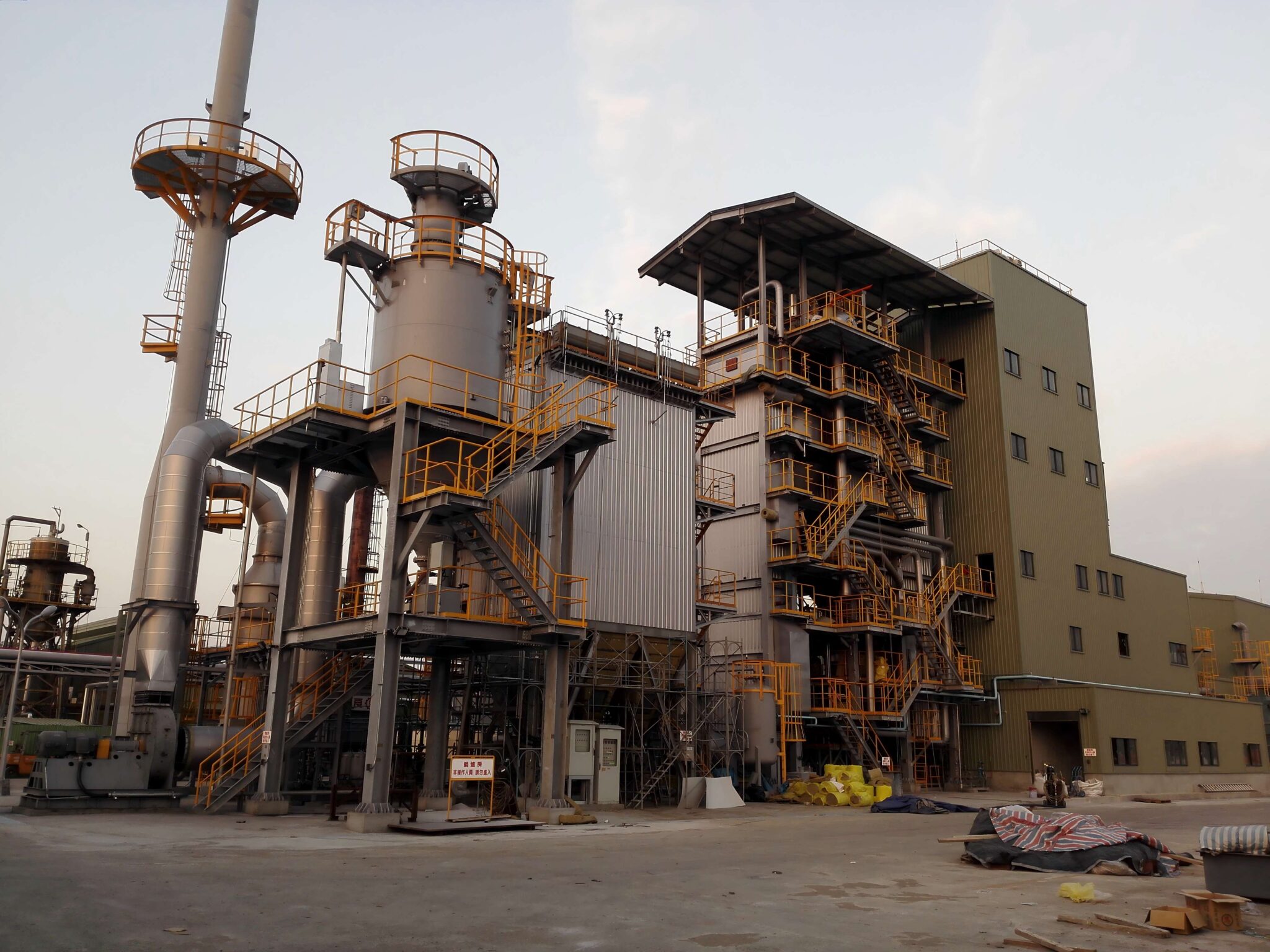
Which Industries and Processes Typically Use Thermal Boilers?
Many production managers underestimate the advantages of thermal oil boilers compared to steam systems — until they face temperature control issues, scaling problems, or high-pressure safety risks. Choosing the right heat medium system can make the difference between steady, efficient operation and costly downtime. Thermal boilers (thermal oil heaters) operate at atmospheric pressure yet can reach high temperatures, making them ideal for industries that need precise, stable heat without the hazards of high-pressure steam.
Thermal boilers are commonly used in industries such as chemicals, plastics, textiles, wood processing, food manufacturing, asphalt production, oil & gas heating, and printing — especially where precise high-temperature heat (150°C–350°C) is required without high pressure.
This makes them a preferred choice for processes involving sensitive materials, heat transfer fluids, or continuous heating demands.
Thermal boilers are only suitable for small-scale heating.False
Thermal oil heaters are widely used in large-scale industrial applications, offering high temperature control without high-pressure operation.
🔹 Major Industrial Applications of Thermal Boilers
| Industry | Key Processes Using Thermal Oil Heating | Typical Operating Temp. |
|---|---|---|
| Chemical Industry | Reactor heating, polymerization, distillation, evaporation | 180–320°C |
| Plastics & Rubber | Extruder heating, mold temperature control, drying | 150–300°C |
| Textiles | Dyeing, printing, finishing, drying | 160–280°C |
| Wood & Panel Industry | Veneer drying, lamination presses, MDF production | 180–300°C |
| Food & Edible Oil | Frying, deodorization, heat treatment, drying | 180–240°C |
| Asphalt & Bitumen | Asphalt mixing, bitumen heating | 150–220°C |
| Oil & Gas | Crude oil heating, tank farms, pipeline tracing | 100–250°C |
| Printing & Coating | Drying ovens, coating lines, laminating | 150–220°C |
📊 Thermal Boiler Usage by Sector (Global Estimate)
| Sector | Approx. Share of Thermal Boiler Use |
|---|---|
| Chemicals & Petrochemicals | 30% |
| Plastics & Rubber | 20% |
| Wood & Panels | 15% |
| Food Processing | 15% |
| Asphalt & Bitumen | 10% |
| Others (Printing, Oil & Gas) | 10% |
✅ Buyer Takeaway
Chemicals & plastics → High-temp, stable heat critical for consistent product quality.
Wood & panel → Uniform temperature prevents defects in laminates and boards.
Food processing → Safe, indirect heating prevents contamination.
Asphalt → Steady heating keeps viscosity optimal for mixing and paving.
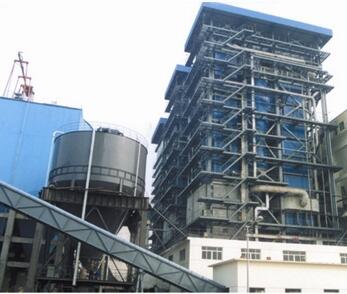
What Are the Key Maintenance and Safety Differences Between Steam Boilers and Thermal Oil Boilers?
When companies select between a steam boiler and a thermal oil boiler, they often focus on efficiency or temperature range — but overlooking maintenance and safety can lead to unexpected costs, downtime, or compliance issues. Steam boilers operate under high pressure, which means more stringent safety protocols and frequent inspections. Thermal oil boilers work at atmospheric pressure but handle high-temperature fluids, requiring different maintenance priorities such as fluid quality management. Understanding these differences ensures smoother operation, longer equipment life, and fewer safety risks.
Steam boilers demand more frequent safety checks, water quality treatment, and pressure vessel inspections due to their high-pressure operation, while thermal oil boilers require less frequent inspections but need strict monitoring of heat transfer fluid condition, leak prevention, and temperature control to avoid degradation or fire hazards.
By matching maintenance planning to each system’s safety profile, facilities can cut downtime and improve reliability.
Thermal oil boilers are maintenance-free.False
Thermal oil boilers require routine checks for leaks, oil quality degradation, and heater surface cleanliness to maintain performance and safety.
🔹 Maintenance & Safety Difference Overview
| Aspect | Steam Boiler | Thermal Oil Boiler |
|---|---|---|
| Operating Pressure | High pressure (often >10 bar) → requires pressure vessel inspection | Atmospheric or low pressure → no steam explosion risk |
| Water/Fluid Quality | Requires water treatment to prevent scaling/corrosion | Requires monitoring and periodic replacement of thermal oil |
| Corrosion Risk | High — from oxygen, scaling, condensate return issues | Low — no water, but oil oxidation and sludge formation possible |
| Safety Devices | Pressure relief valves, water level controls, blowdown systems | Temperature limiters, expansion tank, thermal oil level sensors |
| Inspection Frequency | Annual or semi-annual regulated inspection for pressure equipment | Visual checks and oil sampling every 6–12 months |
| Fire Risk | Lower, unless fuel leaks | Higher if oil leaks near hot surfaces — requires strict sealing |
| Startup & Shutdown | Slower due to water heating and pressure buildup | Faster due to direct oil heating and no pressurization |
📊 Risk & Maintenance Effort Comparison
| Category | Steam Boiler (Risk/Workload) | Thermal Oil Boiler (Risk/Workload) |
|---|---|---|
| Explosion Risk | High | Very Low |
| Corrosion/Scaling | High | Low |
| Oil Degradation | N/A | Medium |
| Inspection Burden | High | Low |
| Leak Consequences | Medium | Medium–High (fire hazard) |
✅ Buyer Takeaway
Steam boiler safety focus → Pressure control, vessel integrity, and water chemistry.
Thermal boiler safety focus → Oil quality, leak prevention, and fire risk control.
For critical industries with 24/7 operation, thermal oil systems can cut downtime from inspections, but they require disciplined oil management.
For applications with steam demand (e.g., humidification, sterilization), steam boilers remain the practical choice despite higher inspection requirements.
🔍 Conclusion
Steam boilers and thermal boilers each have unique advantages depending on your process requirements. Matching the boiler type to your industry needs ensures optimal performance, safety, and energy savings.
📞 Contact Us
💡 Not sure whether you need a steam or thermal boiler? We offer process evaluations, heat load calculations, and system design recommendations to help you choose the right technology.
🔹 Get the right boiler solution that maximizes efficiency and reliability for your operation. ♨️🏭📊✅
FAQ
What is a steam boiler and how does it work?
A steam boiler heats water to produce pressurized steam for use in industrial processes, heating, or power generation. Heat from fuel combustion (coal, gas, biomass, oil, or electricity) transfers to water inside tubes or a shell. Once the water reaches boiling point, steam is collected and distributed via pipelines to drive turbines, sterilize equipment, or heat systems.
What is a thermal boiler and how does it work?
A thermal boiler, more accurately called a thermal oil boiler or thermal fluid heater, circulates heated thermal oil instead of water or steam. The oil is heated through a combustion chamber and pumped through a closed-loop system, delivering consistent high temperatures (up to 400°C) without the need for high-pressure operation. This makes them ideal for processes requiring precise temperature control.
What are the main differences between steam and thermal boilers?
Heat transfer medium – Steam boilers use water/steam; thermal boilers use heat transfer oil.
Operating pressure – Steam boilers operate under high pressure; thermal boilers typically run at low or atmospheric pressure.
Temperature capability – Steam is generally limited to ~250°C; thermal oil systems can reach ~400°C.
Applications – Steam boilers are common in power plants, sterilization, and heating; thermal boilers are preferred for drying, chemical processing, and food production where stable high heat is needed.
Which boiler type is more efficient?
Thermal boilers can achieve higher heat transfer efficiency at high temperatures because they avoid phase change losses and operate without high pressure. However, for power generation, steam boilers remain more efficient due to the ability to drive turbines directly. The better choice depends on the end-use requirement.
How do I choose between a steam boiler and a thermal boiler?
Select a steam boiler if you need high-pressure steam for turbines, sterilizers, or heating networks.
Choose a thermal boiler if you require steady high temperatures, low maintenance, and safety from avoiding high-pressure systems.
Consider fuel availability, operating costs, temperature needs, and safety regulations before making a decision.
References
Spirax Sarco – Steam Boiler Fundamentals – https://www.spiraxsarco.com
Thermodyne Boilers – Thermal Oil Heater Guide – https://www.thermodyneboilers.com
Hurst Boiler – Steam vs Hot Oil Systems – https://www.hurstboiler.com
Clayton Industries – Steam Generation Systems – https://www.claytonindustries.com
Sigma Thermal – Thermal Fluid Heater Applications – https://www.sigmathermal.com
Babcock Wanson – Thermal vs Steam Boilers – https://www.babcock-wanson.com
Energy.gov – Industrial Boilers Overview – https://www.energy.gov
IEA – Industrial Heat Processes – https://www.iea.org
Engineering Toolbox – Steam Properties – https://www.engineeringtoolbox.com
BioEnergy Consult – Boiler System Selection – https://www.bioenergyconsult.com

